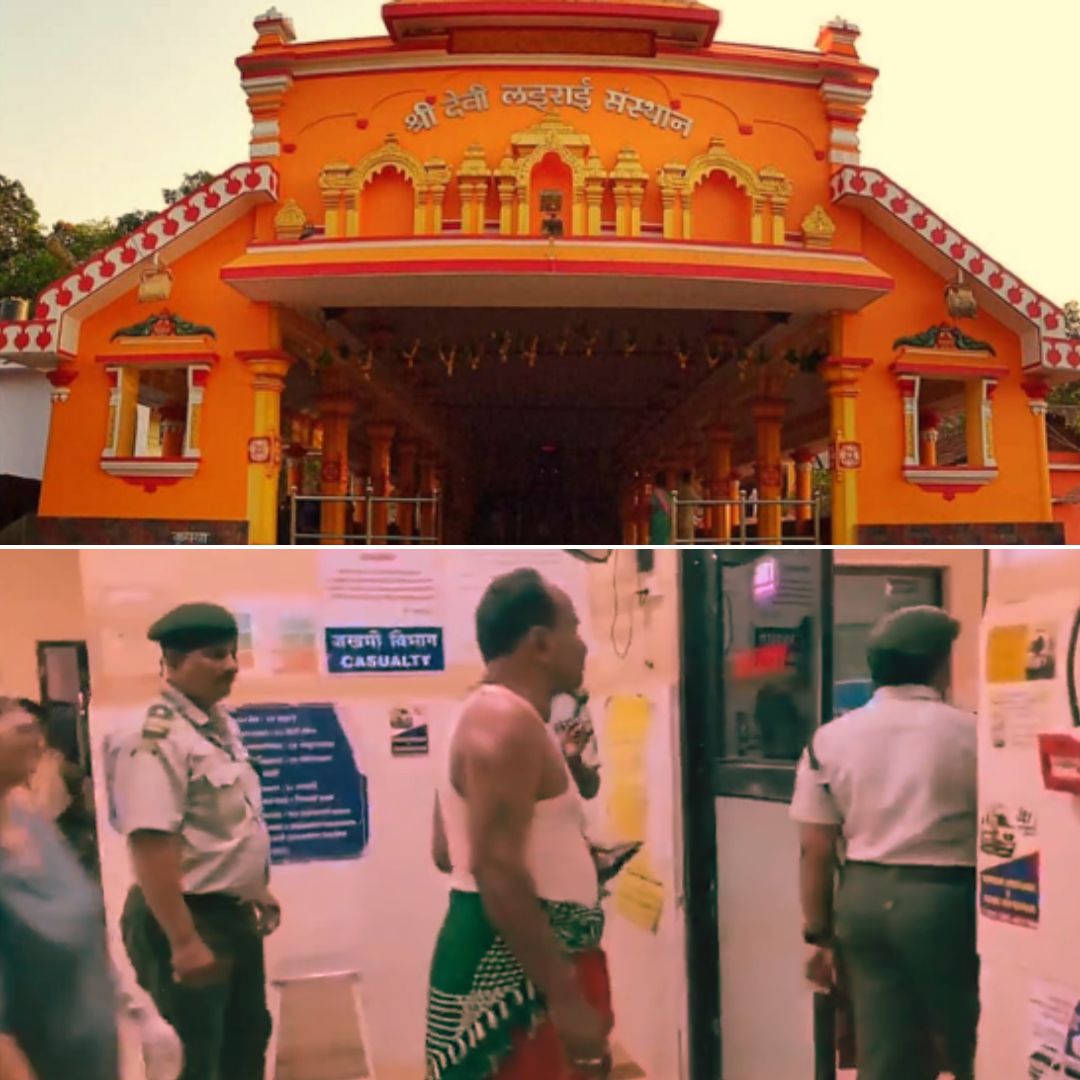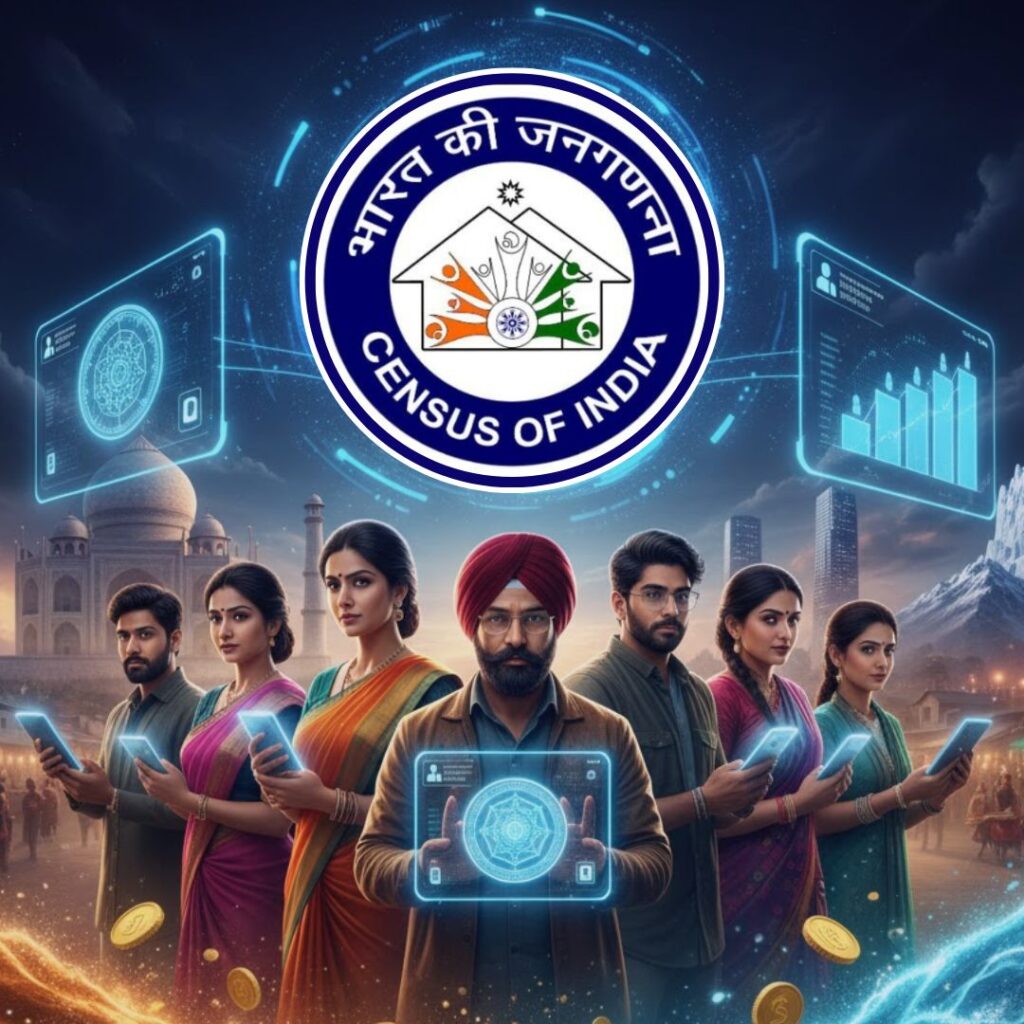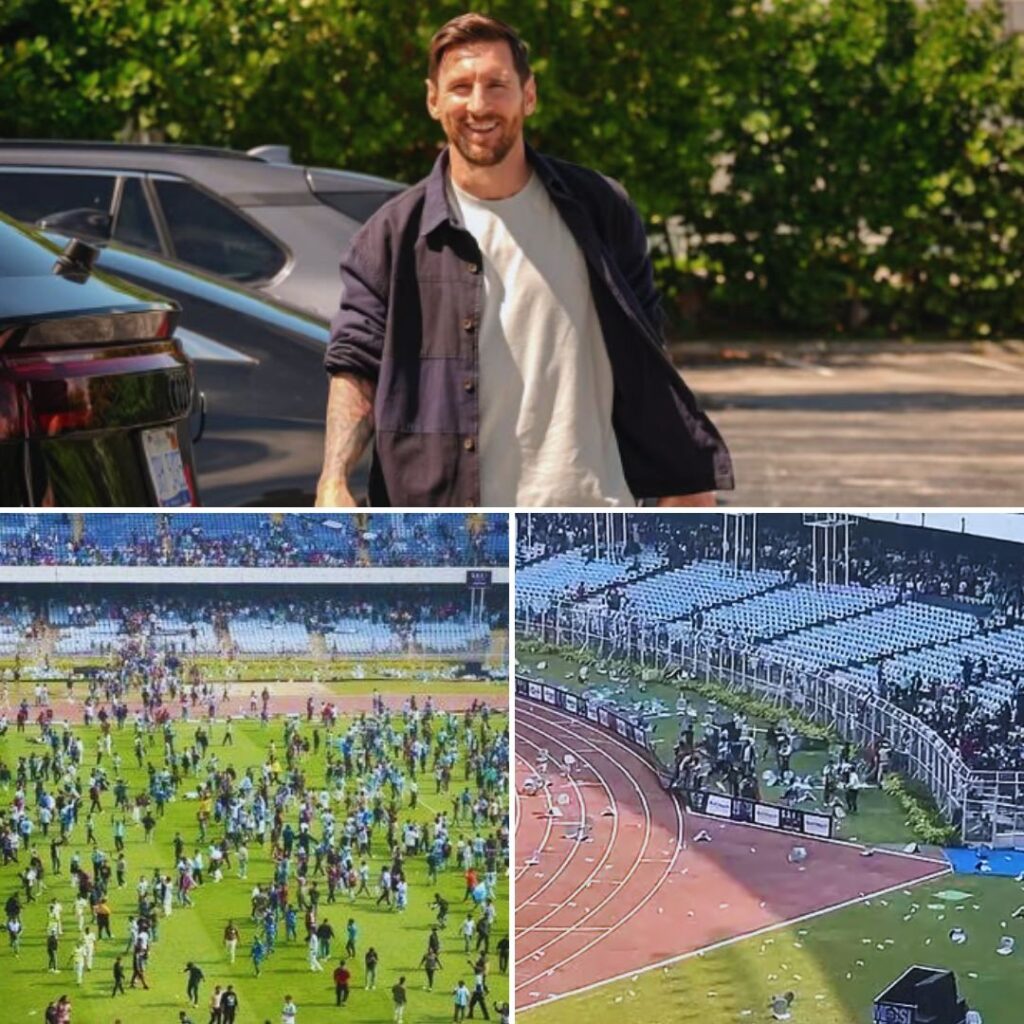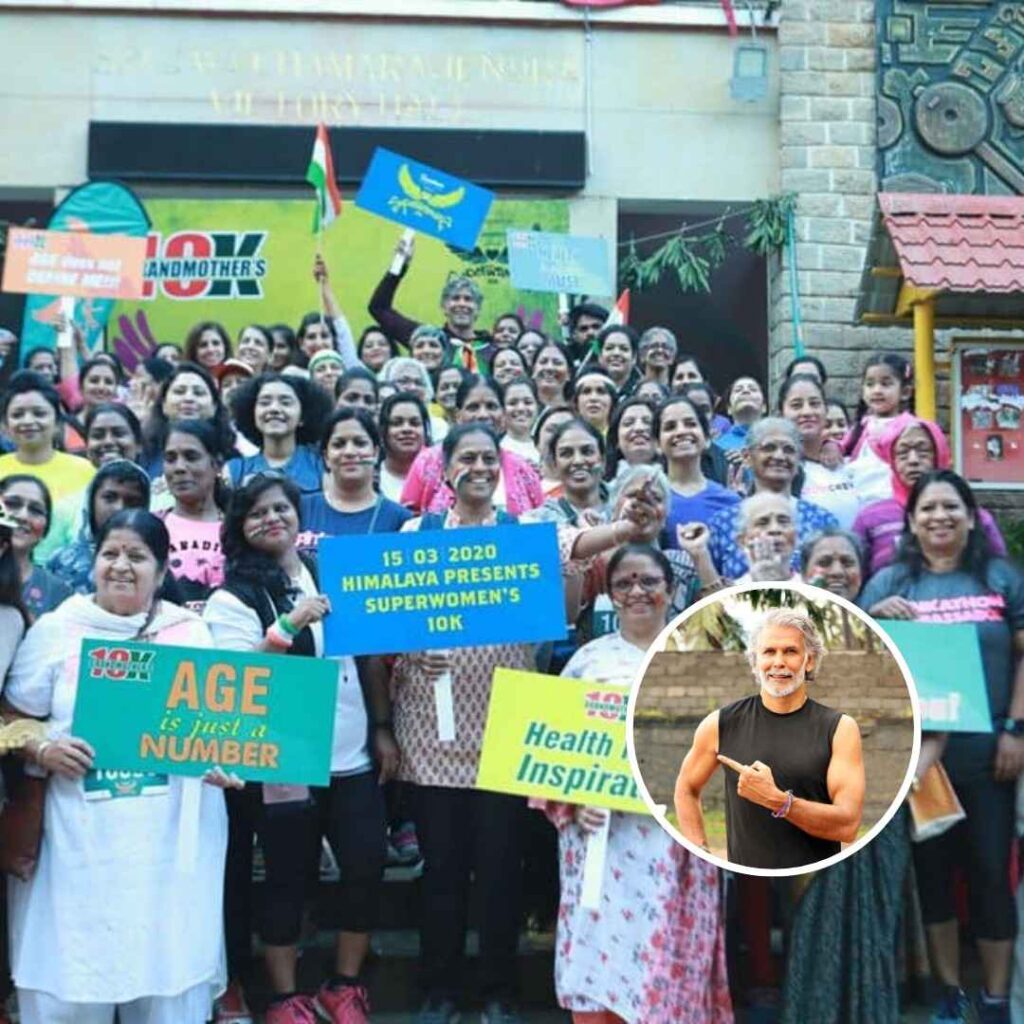A devastating stampede at the Shri Lairai Zatra festival in Shirgao village, Bicholim, Goa, on Friday night has allegedly claimed the lives of six people and injured over 60 others, including eight in critical condition. The tragedy occurred during the fire-walking ritual, a centuries-old practice where barefoot devotees walk over burning embers to honour Goddess Lairai.
Thousands of devotees had gathered at the Lairai Devi temple, leading to overcrowding and a sudden surge that allegedly triggered chaos. Goa’s Chief Minister Pramod Sawant and Health Minister Vishwajit Rane confirmed the casualties and have mobilised emergency medical teams across local hospitals.
Investigations into the precise cause of the stampede are ongoing, while political leaders, including Prime Minister Narendra Modi, have expressed condolences and assured support to the victims’ families.
Tragedy at a Revered Festival: Details and Official Response
The stampede allegedly occurred late Friday night as devotees participated in the dhondachi zatra, a deeply revered ritual involving fire-walking that draws thousands annually. Eyewitnesses described a sudden rush of people on a narrow, sloping pathway near the temple, which allegedly led to panic and crushing.
Among the deceased were two men and two women who were declared dead on arrival at nearby hospitals, while dozens sustained injuries ranging from fractures and burns to asphyxiation.
Health Minister Vishwajit Rane detailed the swift medical response, noting that five ambulances were deployed through the 108 emergency services, and critical patients were admitted to intensive care units equipped with ventilators.
Chief Minister Pramod Sawant personally visited the hospitals and the festival site, expressing deep sorrow and announcing a three-day government mourning period. Police officials, led by North Goa Superintendent of Police Akshat Kaushal, have launched a thorough investigation to determine the factors that allegedly led to the stampede, while around 1,000 police personnel and drone surveillance had been deployed to manage the crowd during the festival.
Festival Background and Crowd Management Challenges
The Shri Lairai Zatra is one of Goa’s most significant religious festivals, celebrated annually with great fervour in Shirgao village. It honours Goddess Lairai, believed to be an incarnation of Goddess Parvati, and is marked by rhythmic drumming, devotional singing, and the unique fire-walking ritual performed by ‘dhonds’-devotees who demonstrate their faith by walking barefoot across burning embers.
The festival attracts over 50,000 devotees from Goa and neighbouring states such as Maharashtra and Karnataka, making crowd management a complex challenge. Despite extensive preparations, including the deployment of approximately 1,000 police personnel and the use of drones for aerial crowd monitoring, the sheer volume of attendees and the narrow, sloping terrain near the temple allegedly created bottlenecks.
Preliminary reports suggest that overcrowding and insufficient crowd control measures may have allegedly contributed to the deadly surge. Authorities have acknowledged these challenges and are reviewing safety protocols to prevent such incidents in the future.
The Logical Indian’s Perspective
The tragic stampede at the Shri Lairai Zatra is a painful reminder of the urgent need to prioritise safety and effective crowd management at large-scale religious gatherings. While festivals like these are vital expressions of faith, culture, and community identity, the loss of innocent lives highlights systemic gaps in emergency preparedness and infrastructure.
The Logical Indian stands in solidarity with the victims and their families and calls upon authorities, organisers, and communities to work collaboratively to implement robust safety measures that respect tradition while safeguarding human life. This includes investing in better crowd control technologies, clear communication strategies, and comprehensive emergency response plans.
As we reflect on this tragedy, we invite our readers to consider: How can communities honour their cultural and spiritual practices while embracing modern safety standards to ensure such heartbreaking incidents never recur? Share your thoughts and join the conversation to foster a safer, more compassionate society.
6 dead, 60 injured in stampede at Lairai Zatra in #Goa
— The Times Of India (@timesofindia) May 3, 2025
Read here 🔗https://t.co/22l1HYW9Qq pic.twitter.com/s3Rf97iw9z












